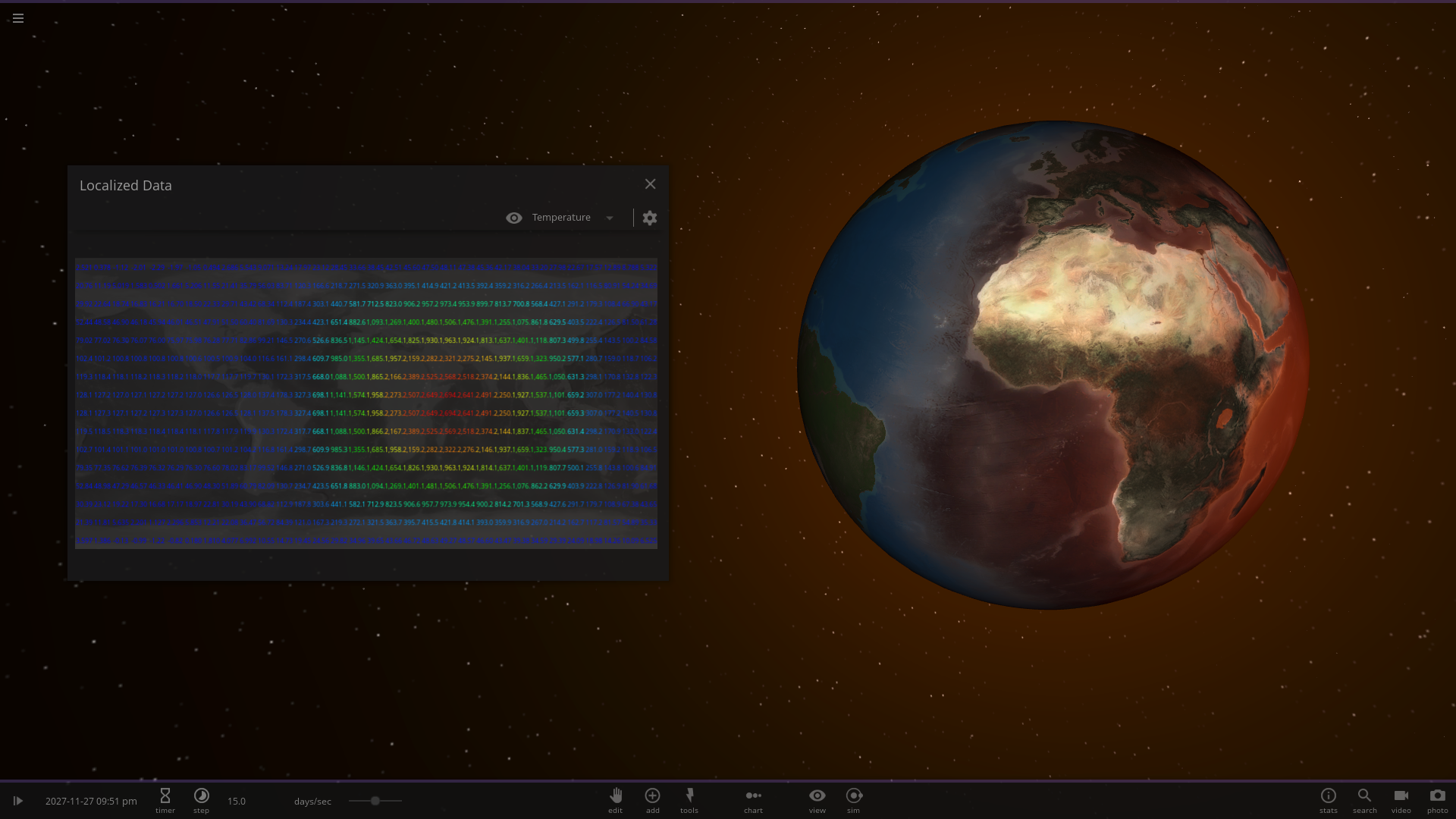
Share your creations in the Online Gallery Compose chiptune melodies and become a retro maestro Create your own levels using Blocks and other Platforming elements Draw original art or fanboy tributes to your favorite retro characters with over 100 colors Build worlds up to 10x bigger than in the previous Sandbox game Amazing HD pixel art graphics featuring multiple visual effects, parallax scrolling and more Click to drop elements, use your keyboard and mouse to zoom and scroll, control heroes with your gaming controller or keyboard. There are no limits to your creativity and imagination! Make your own games or levels, and then share your creations online. Play with physics, over 200 elements and controllable heroes. The press release did not reveal a budget for any version of the DE-STAR, how it would be constructed, or how quickly the system could begin fencing with asteroids.Use your godly powers to craft amazing pixel worlds or destroy the universe! Welcome to The Sandbox Evolution, the #1 pixel art world creation game.

“Our proposal assumes a combination of baseline technology –– where we are today –– and where we almost certainly will be in the future, without asking for any miracles,” added Philip Lubin, who is with the University of California, Santa Barbara.īesides asteroid annihilation, DE-STAR could give a fuel boost to long-distance space travellers.Ī proposed DE-STAR 6 (size not disclosed) is advertised as able to push “a 10-ton spacecraft at near the speed of light, allowing interstellar exploration to become a reality without waiting for science fiction technology such as ‘warp drive’ to come along.” (That’s more than 10 times the size of 2012 DA14, which came within 17,200 miles of Earth Feb. At 328 feet (100 meters) in diameter, which is double the International Space Station’s size, it could “start nudging comets or asteroids out of their orbits,” Hughes stated.Ī 6.2 mile (10-kilometer) DE-STAR version could send 1.4 megatons of energy daily to the marauding asteroid, providing enough juice every year to kill a space rock as big as 1,640 feet (500 meters) across. We just need to put them into a larger system to be effective, and once the system is there, it can do so many things.”Ĭonstruction details were not clear in a press release advertising DE-STAR, but the researchers describe astonishing results from even a modest-sized version of the system.ĭE-STAR was modeled at several different sizes. Maybe not quite at the scale that we’d need – scaling up would be the challenge – but the basic elements are all there and ready to go. “All the components of this system pretty much exist today.

“This system is not some far-out idea from Star Trek,” stated Gary Hughes, a researcher and professor from California Polytechnic State University, San Luis Obispo, in a press release. A group of researchers are hoping to aim a laser-blasting vaporizer in its direction and blow it away.ĭubbed DE-STAR, or Directed Energy Solar Targeting of Asteroids and exploRation, the theoretical orbital system is designed to convert the sun’s energy into laser blasts that would annihilate any cosmic intruders bearing down on Earth.Īlthough the system sounds like a plot from a science fiction movie, the researchers - led by scientists at two California universities - maintain that it is built on sound principles. The uncanny - but unrelated - combination of today’s close flyby of Asteroid 2012 DA14 and the meteor that created an airburst event over Russia has many wondering how we could deal with future potential threats to Earth from space.


 0 kommentar(er)
0 kommentar(er)
